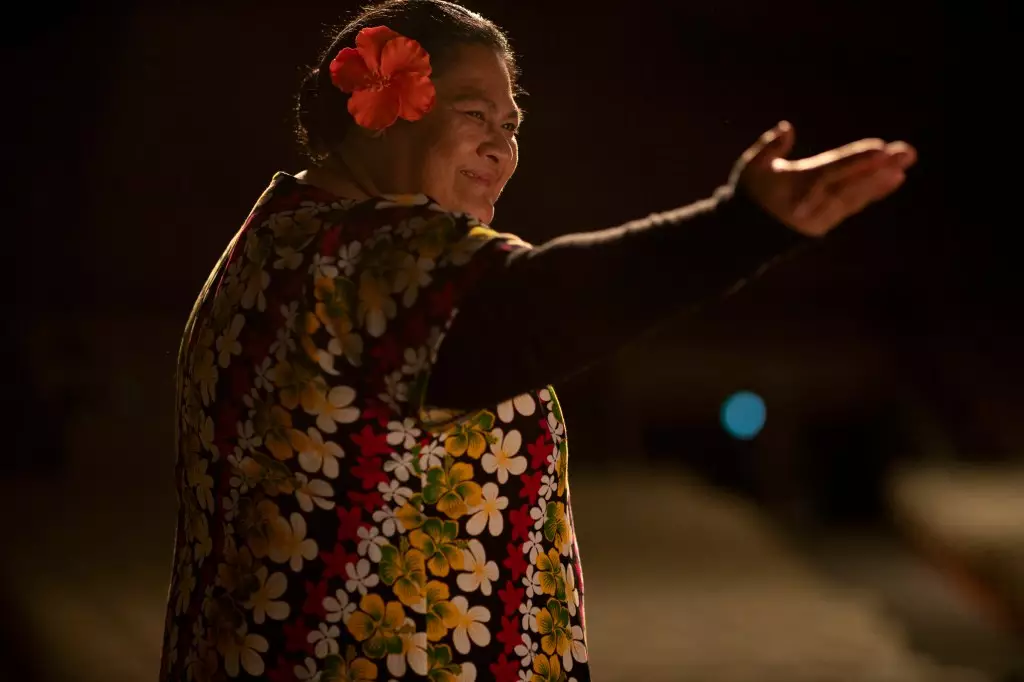The debut of Miki Magasiva’s *Tīnā* is more than just a cinematic milestone; it’s a powerful statement on the strength of marginalized communities to reclaim their narratives. While the film’s success at festivals and the impressive box office in Oceania mark a significant achievement, what truly sets it apart is its daring embrace of cultural authenticity. In a Hollywood landscape often criticized for commodifying diversity, *Tīnā* boldly asserts that stories rooted in genuine community life have universal relevance, provided they are told with integrity and passion. The film’s upcoming U.S. release could be an important test case for whether contemporary cinema can shift away from superficial representations toward more meaningful, heartfelt storytelling.
Challenging Cultural Stereotypes Through Artistic Truth
At its core, *Tīnā* confronts both personal and societal grief, using storytelling as a vessel for healing and identity. Mareta Percival’s character embodies the complex layers of loss, resilience, and cultural pride—an approach that counters the often one-dimensional portrayals of Pacific Islander communities. This nuanced depiction is especially significant amidst ongoing debates about cultural misrepresentation. Magasiva’s film refuses to sentimentalize or exoticize; instead, it amplifies the voices of those rarely seen in mainstream media, showcasing the dynamism of Pacific traditions within contemporary spaces. Such representations challenge audiences to question their assumptions and foster empathy rooted in truth.
Why This Film Matters for Progressive Perspectives
From a center-leaning liberal lens, *Tīnā* exemplifies what thoughtful, inclusive storytelling can achieve—not merely for visibility but for genuine understanding. Its resonance across international borders underscores that authentic cultural expression isn’t a niche interest but a vital part of global dialogue. The film’s focus on community cohesion and intergenerational exchange echoes core liberal values of social justice and equity. Moreover, by championing Indigenous and Pacific voices, it questions the systemic barriers that have long marginalized these stories, urging audiences and industry stakeholders alike to prioritize diversity not as trendy but as necessary for cultural growth.
While some may argue that the film’s release and acclaim are driven by cultural politics or niche markets, the broader truth is that narratives like *Tīnā* serve as vital catalysts for change. They remind us that cinema is not just entertainment but a tool for social progress—if we are brave enough to listen and learn. As it heads toward wider distribution, the film’s success could inspire a shift in production practices, making room for deeper, more authentic voices to forge connections across race, class, and national identity. If these stories gain the visibility and respect they deserve, it might just mark a step forward toward a more inclusive, understanding society—one that values the power of genuine cultural expression over superficial diversity efforts.

Leave a Reply